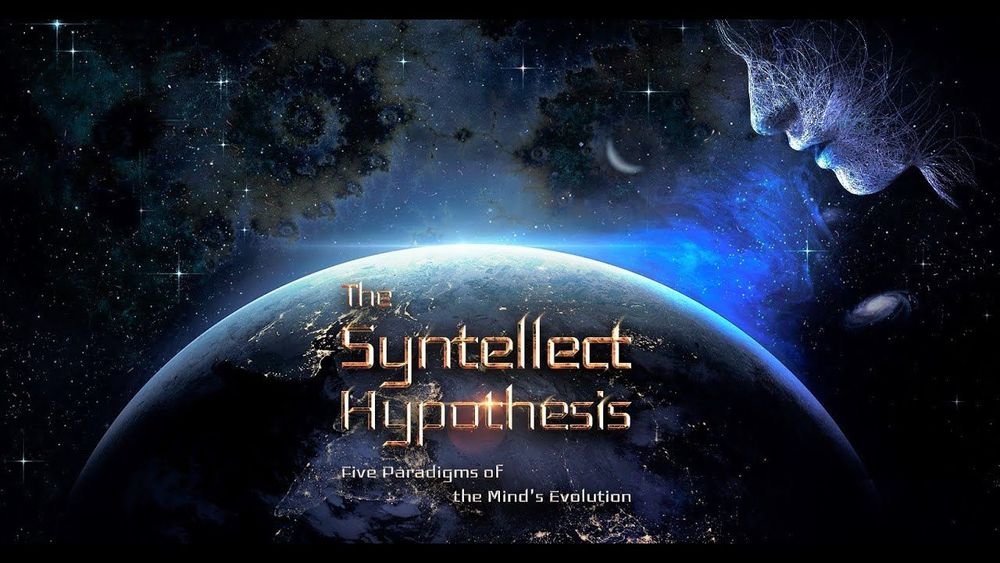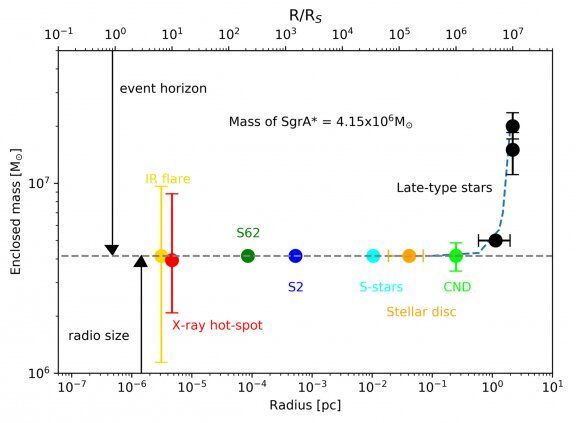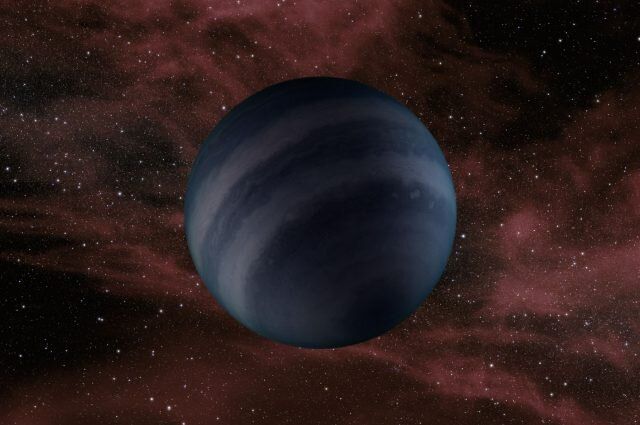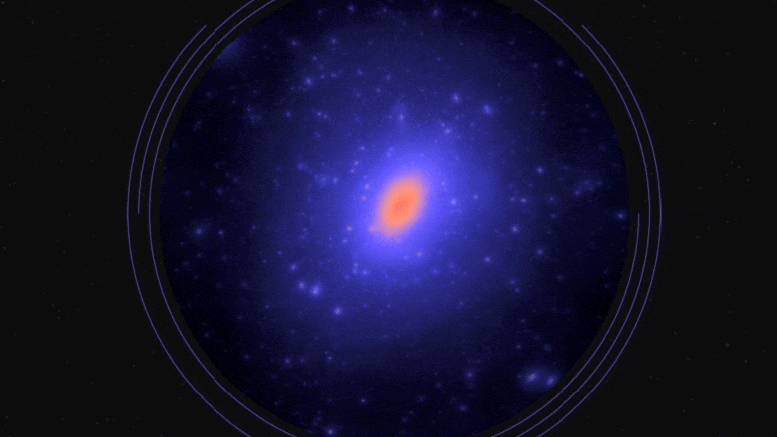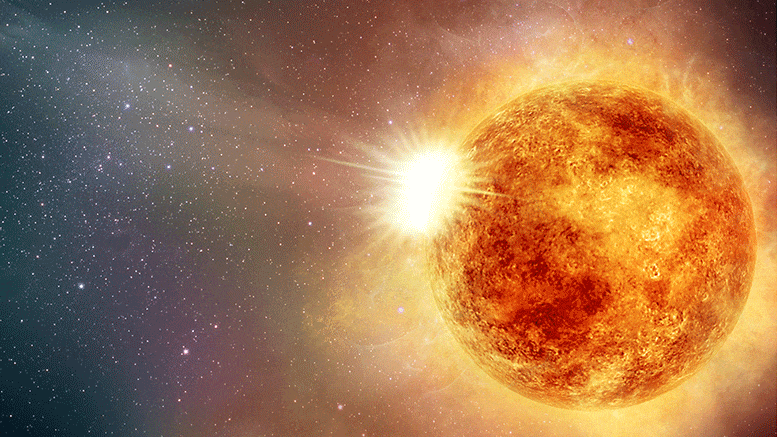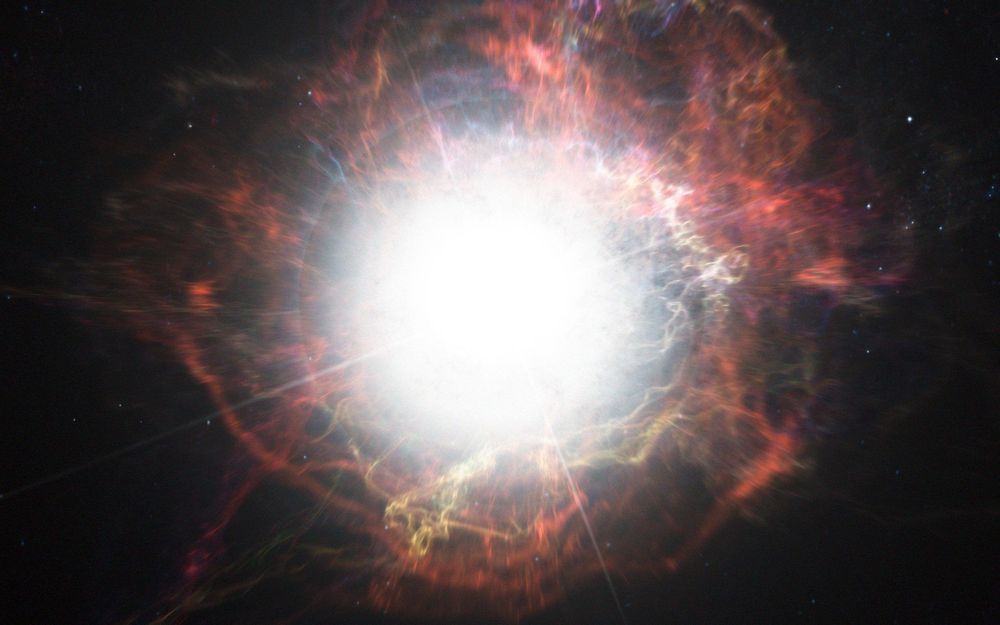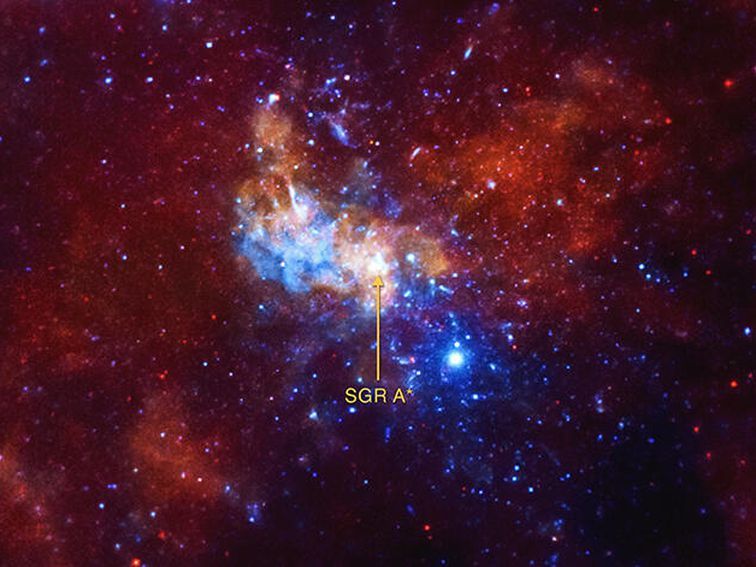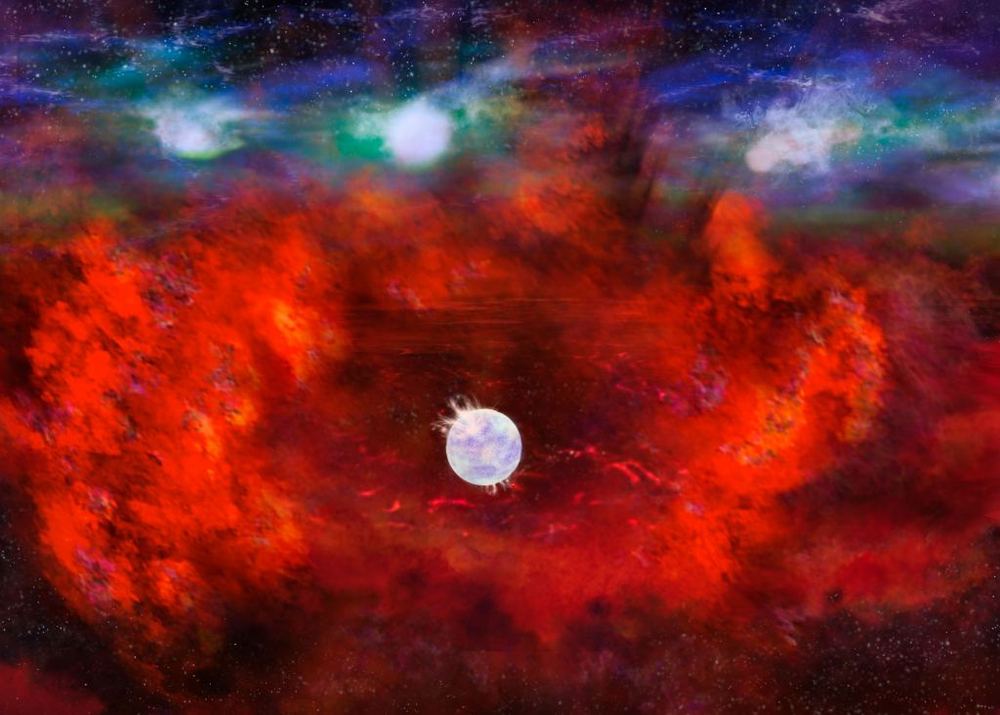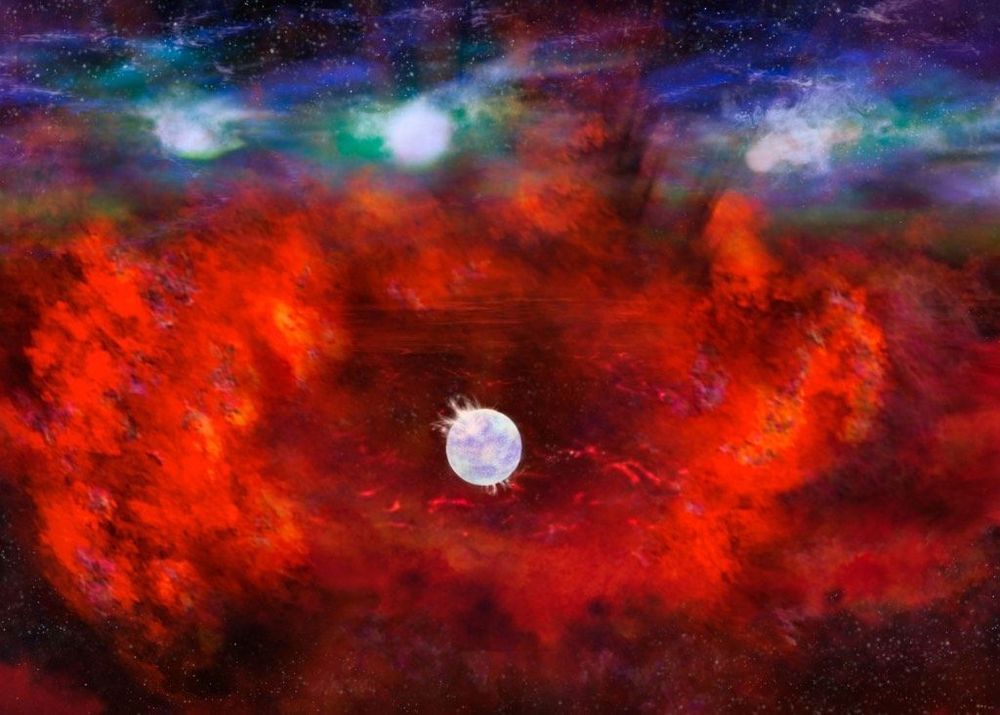Aug 17, 2020
Gearing for the 20/20 Vision of Our Cybernetic Future — The Syntellect Hypothesis, Expanded Edition | Press Release
Posted by Alex Vikoulov in categories: computing, cosmology, engineering, information science, mathematics, nanotechnology, neuroscience, quantum physics, singularity
“A neuron in the human brain can never equate the human mind, but this analogy doesn’t hold true for a digital mind, by virtue of its mathematical structure, it may – through evolutionary progression and provided there are no insurmountable evolvability constraints – transcend to the higher-order Syntellect. A mind is a web of patterns fully integrated as a coherent intelligent system; it is a self-generating, self-reflective, self-governing network of sentient components… that evolves, as a rule, by propagating through dimensionality and ascension to ever-higher hierarchical levels of emergent complexity. In this book, the Syntellect emergence is hypothesized to be the next meta-system transition, developmental stage for the human mind – becoming one global mind – that would constitute the quintessence of the looming Cybernetic Singularity.” –Alex M. Vikoulov, The Syntellect Hypothesis https://www.ecstadelic.net/e_news/gearing-for-the-2020-visio…ss-release
#SyntellectHypothesis
